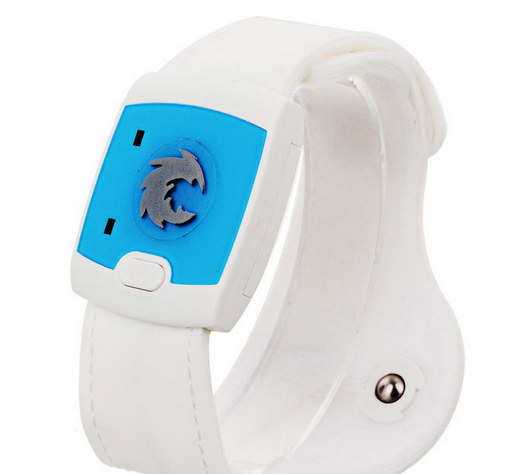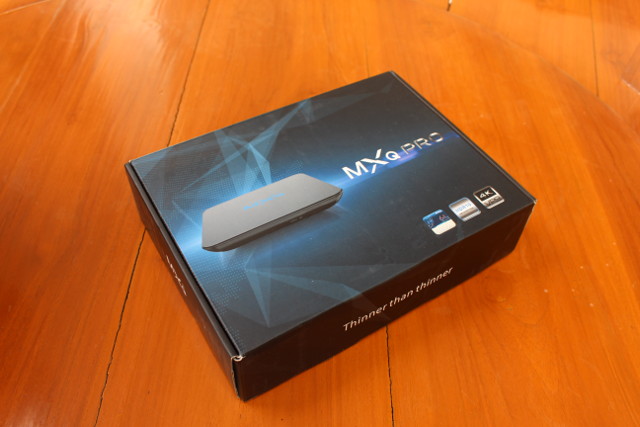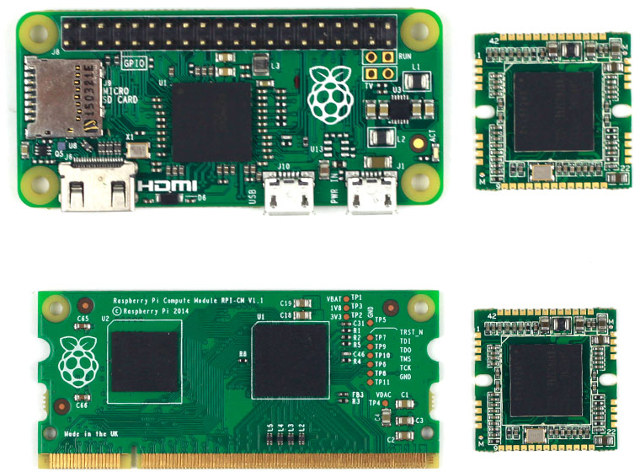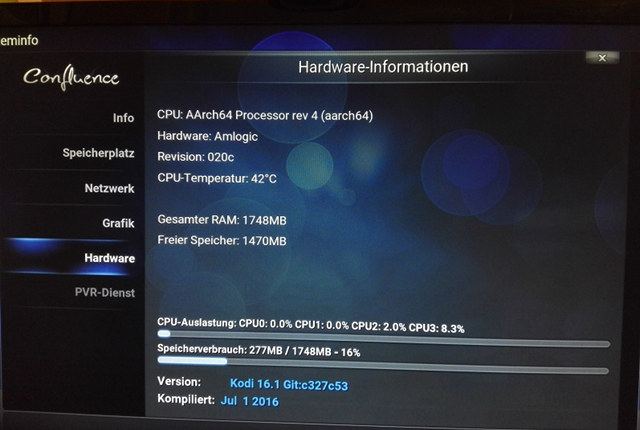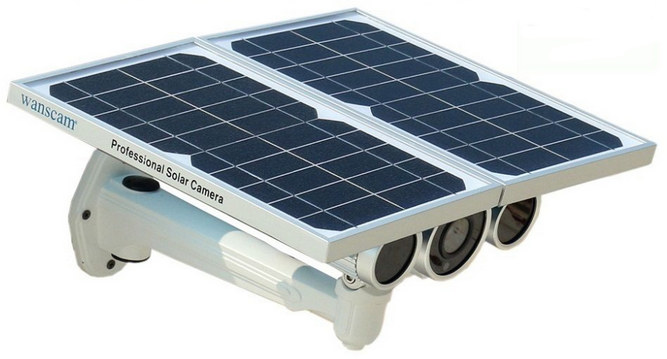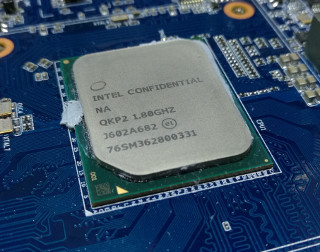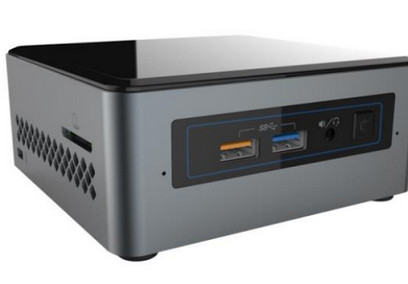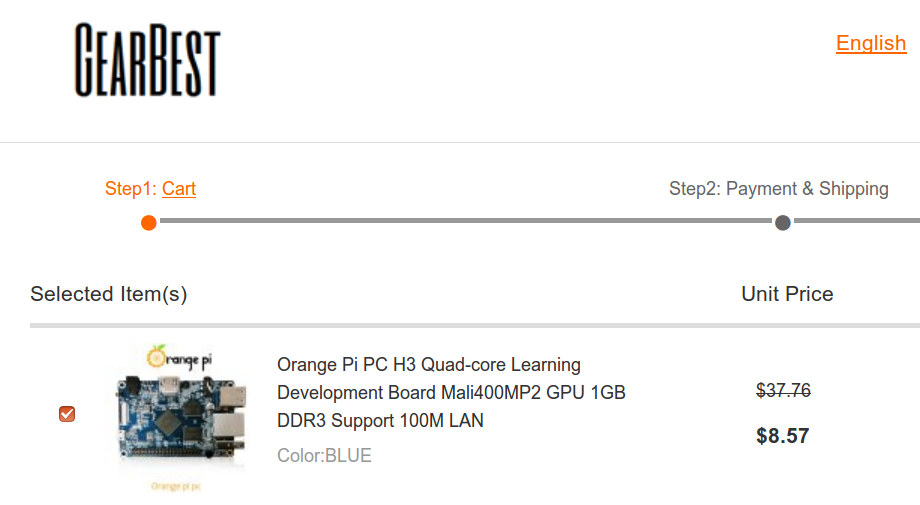With electronics getting cheaper and smaller everyday, I’m expecting medical diagnostic / monitoring tools with become more convenient and affordable, and products from the more advanced Scanadu, to much simpler Bluetooth blood pressure monitors will help people better monitor their health themselves. I’ll also getting frequent request about the availability of soon-to-be FDA approved Omron Project Zero blood pressure smartwatch. Today I’ve come across a simple $16.51 Bluetooth Smart bracelet that could be useful to monitor the temperature of sick babies or very young children. Technical specifications: Connectivity – Bluetooth 4.0 LE with up 18 meters range Sensor – Temperature between 32 and 43 degree Celsius with -/+ 0.1 deg. accuracy Smartphone compatibility – Android 4.3+ or IOS 7.0+ Functions – Thermometer; Temperature Alarm; Medical Records; Health Management, Cloud Backup. Power Supply – CR2032 battery Wristband Length – 14~19cm Weight – 19 g The band must be worn in such as […]
MXQ Pro (G9CX) Android 6.0 TV Box Review – Part 1: Specs, Unboxing and Teardown
Most people probably don’t know Shenzhen Shiningworth Technology, but if you’ve ever bought a low cost Android TV box, it may have been made by them. Companies such as Eny Technology, Acemax, Shenzhen Tomato and other are relying on Shenzhen Shiningworth for some of their products, including the popular MXQ series (although other companies are also using MXQ “brand”), and in the past I often found their MAC address in products I reviewed. But this time, the company decided to send their latest product for review directly with MXQ Pro G9CX. I’ll write a two part review starting with specs and pictures, before testing the firmware and providing the second part of the review in a few weeks. G9CX Specifications Let’s start with the technical specifications: SoC – Amlogic S905X quad core ARM Cortex-A53 @ up to 2.0GHz with penta-core Mali-450MP GPU up to 750MHz+ System Memory – 1GB DDR3 […]
ArduCAM has designed a Tiny Coin-Sized Raspberry Pi Compatible Module
Now you can design your own custom hardware and leverage Raspberry Pi software, by integrating Raspberry Pi Compute module (and soon Raspberry Pi 3 Compute module) into your custom designed baseboard. But if you’d like something more compact, and even more compact than a Raspberry Pi Zero or RPi Compute module, ArduCAM has been developing a 24x24mm Raspberry Pi compatible system-on-module powered by Broadcom BCM2835 processor. ArduCAM has also designed a small adapter board “UC-343 Rev. A” for the module with the following specifications: SoC – Broadcom BCM2835 ARM11 Processor @ 700 MHz (or 1GHz?) with Videocore IV GPU System Memory – 256MB/512MB LPDDR2 Storage – micro SD card slot USB – 2x micro USB ports including one for power only Camera – 1x MIPI CSI connector supporting 5MP or 8MP Pi cameras (dual camera support) Expansion – AV output header 16-pin and 8-pin headers (unpopulated) with GPIOs, 2x I2C, […]
LibreELEC 7.0 Ported to Amlogic S905 TV Boxes & ODROID-C2 Board
Most TV boxes are now sold pre-loaded with Android, but there’s still a fair amount of people who only want to play videos in their box, or only run Kodi, so they may prefer a Linux experience. Some companies provide ready-to-use solution such as ARNU Box Mach 10 64-bit Pure Linux, but in some cases it’s also possible to side-load OpenELEC or LibreELEC, with the main advantage being that it is usually quite cheaper at the cost of being a bit more complicated. Thanks to a comment by Sabai, I discovered LibreELEC 7.0.0 had been (unofficially) ported to Amlogic S905 TV boxes, and tested one devices such as NEXBOX A95X (S905), WeTek Hub, Beelink S905 Mini MXIII, MXQ Pro 4K, and others. If you own an ODROID-C2 board, you can load another LibreELEC 7.0.0 image. If you are unsure whether your Android TV box is supported, you should first try […]
Wanscam HW0029-4 is a Solar Powered All Weather IP Security Camera with WiFi, 3G/4G Connectivity
I’ve just watched a video on ARMDevices.net about Enlaps Tikee solar powered device designed to take timelapses over several days and transfer the pictures / video over WiFi, 3G, or 4G. The project has been fully funded on Indiegogo at the beginning of the year, and shipping is scheduled for Q4 2016. It looks like an interesting device for a niche market, but since I’ve noticed some products launched on Kickstarter already exists in one form or another in China, I’ve decided to have a look on Aliexpress, and I found Wanscan HW00269-4 solar powered camera with 3G/4G connectivity, and while it addresses a completely different need, as a 720p IP security camera, I still decided to have a closer look. Wanscam HW0029-4 specifications: SoC – Hisilicon Hi3518E ARM9 processor @ 440 MHz Storage – Built-in 16GB, expandable to 128GB Camera / video recording 1/2 1MP Star light CMOS sensor 8mm […]
Intel Atom C3000 “Denverton” Processor Targets Low Power Servers
[Update: Some pictures have been removed due to some NDA issues] Intel Atom “Avoton” server processors are the equivalent of Bay Trail processor for mini PCs, laptops and tablets, and with the upcoming release of Apollo Lake processors, Intel has a matching family codenamed “Denverton” that will be used in servers and NAS. Information about the new processors is scarce, but Anandtech spotted an early motherboard prototype last month at Computex. MA10-ST0 motherboard main specifications: SoC – Intel Atom C3000 “Denverton” processor with 4 to 16 cores @ 1.8 GHz; QKP2 code; 14nm process System Memory – 4x RDIMM/UDIMM slots for DDR4 @ 2400 MHz Storage – 4x SATA 3.0 breakout ports supporting up to 16 drives (8x shared with PCIe slot); 32GB eMMC flash Video Output – VGA Connectivity – 2x 10GbE SFP+ ports; 2x Gigabit Ethernet RJ45 ports (via Intel I210); 1x extra RJ45 port (for management?) USB […]
Intel Apollo Lake NUC6CAYS & NUC6CAYH NUC mini PCs Specifications Released
Intel Apollo Lake is the next generation of low power processor family that should replace Braswell Celeron processors, and Fanlesstech got hold of the specifications for two upcoming “Arches Canyon” NUC6CAYS and NUC6CAYH NUCs (Next Unit of Computing) mini PCs based on the processors, as well as the 2016-2018 roadmap for the complete (consumer grade) Intel NUC family. The only differences between the two models are that NUC6CAYH is a barebone model without memory or storage, nor operating system. So I’ll just list NUC6CAYS specifications: SoC – Intel Celeron Jxxx quad core processor @ x GHz to y GHz (burst) with Intel HD graphics up to z MHz (10W TDP) System Memory – 2GB DDR3L-xxxx SO-DIMM (dual channel), upgradeable up to 8GB DDR3L-1866 Storage – 32GB eMMC flash, 2.5″ SATA3 bay for 9.5mm hard drives, SDXC slot with UHS-I support Video Output – HDMI 2.0 (4K @ 60 Hz), VGA […]
Orange Pi PC Board is now selling for $8.57 Shipped (Promo)
[update: the flash sale is over] Orange Pi PC is an ARM Linux development board based on Allwinner H3 processor, that is relatively popular thanks to its low price/features ratio, and decent Linux support mostly thanks to the combined work of linux-sunxi and armbian communities. The board normally sells for $15 + shipping on Aliexpress, but GearBest appears to have a promotion for $8.57 shipped. Before you go ahead with any purchase. You’ll notice the board is shown for $9.23 in China and US-LA warehouses, but $24.35 in their European warehouse. The price (china warehouse) goes down to $8.57 once you had it to the cart. It could be a genuine promotion, but it could also be a mistake. If the latter, you’ll get a refund or possibly a voucher of the same value for future purchases. I’ve asked my contact at GearBest, but no answer yet. GearBest confirmed it […]


